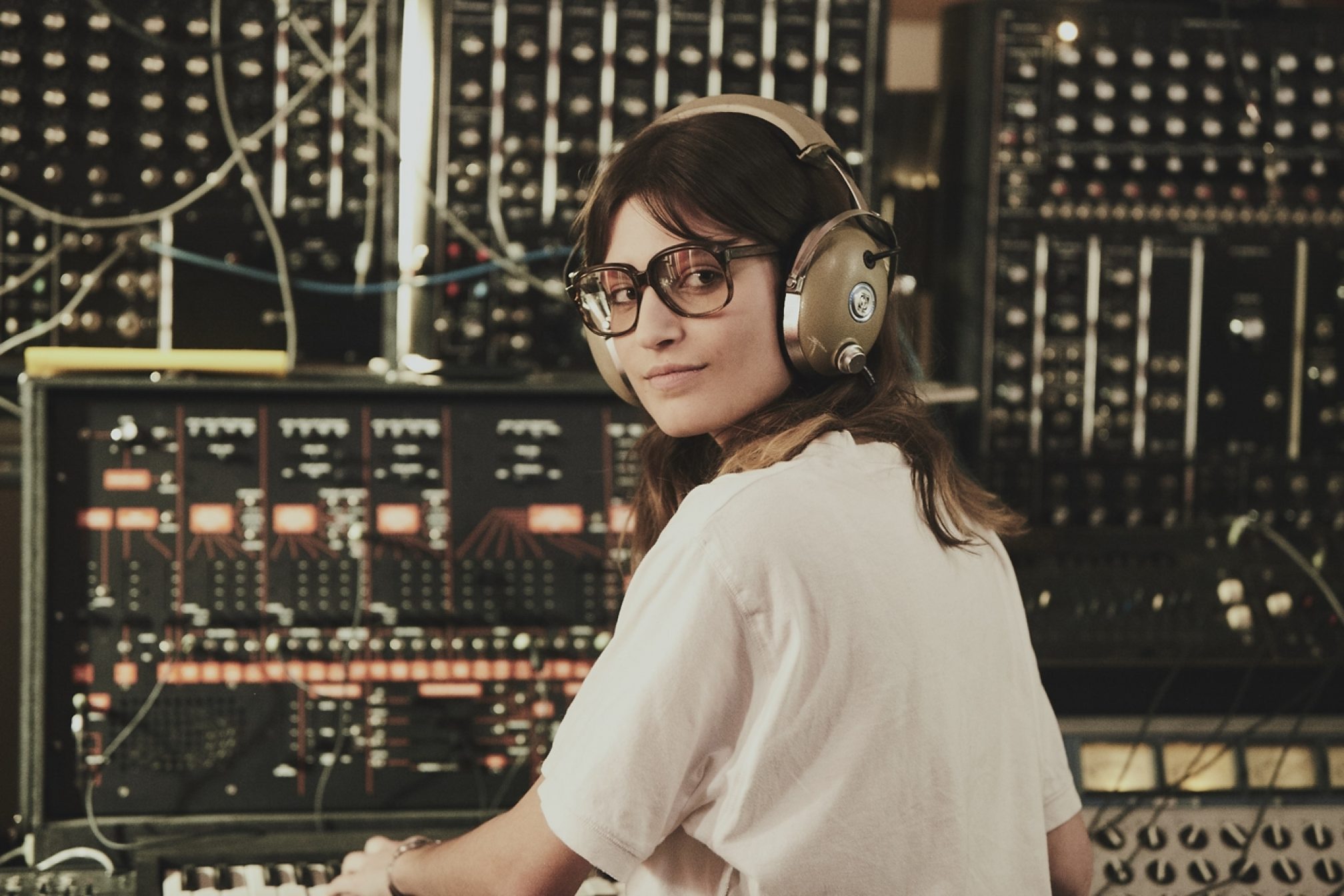 Culture
Culture
The Shock of the Future film aims to "speak for the overlooked female pioneers of electronic music"
We sat down with director Marc Collin and starring actor Alma Jodorowsky
As electronic music ages and develops, more moves are being made to look into the cultural history that initially bred it. The Shock of the Future is a film that does just that. As the directorial debut from Marc Collin of popular French band Nouvelle Vague, the film aims to shine a light on the underappreciated and somewhat forgotten female pioneers of electronic music. It is a fictionalised account of one such woman: Ana, a young woman living in Paris and trying to make it in the male-dominated music industry of 1978.
Read this next: New film The Shock of the Future pays tribute to electronic music's female pioneers
We follow Ana in her studio over the course of one day and night: frustrated as she makes sell-out music for adverts; inspired as she meets Clara, a singer who she instantly connects with and who she creates a song with; disheartened as she is told she isn’t good enough. Both observant and telling, the film is an ode to the women who faced difficulties being taken seriously in music in the late 70s.
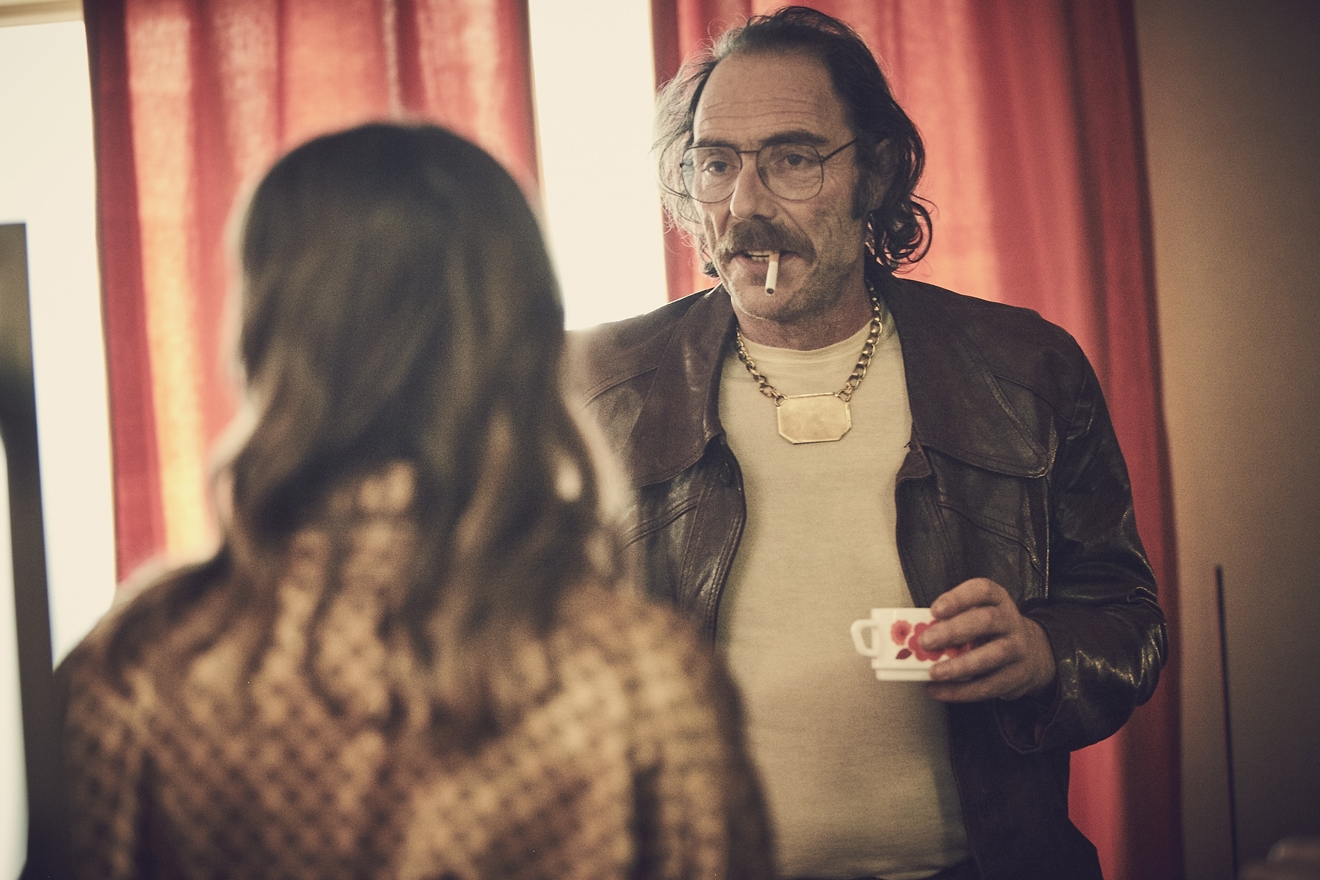
The men that surround Ana and Clara are self-important and patronising. There’s the synth technician that asks for a kiss from Ana as payment for a drum machine she wants to buy; the manager who takes a little too much pleasure in greeting Ana with the customary two kisses on the cheek; the record label executive who tells Ana that there just isn’t a market for the kind of music she makes. However, it is heartening to see the two women taking solace in each other’s passion and drive in the face of such obstacles.
Read this next: 10 things you can do to make dance music less sexist
Thanks to the rising waves of activism within electronic music circles, we are aware now more than ever about how difficult it is being someone who is not a white cis straight man in the industry. Although The Shock of the Future only addresses the experience of straight white women, it serves as a stepping-stone to remind its audience that there are people who have it far worse still.
Mixmag sat down with director Marc Collin and actor Alma Jodorowsky, who plays Ana, to talk all about the importance of telling these stories, and how we can continue to encourage people who are not just white cisgender men to get into electronic music. Read the Q&A below.
What drew you both to telling this story?
Alma: I wanted to tell a story about a woman during this period in the music industry and have the opportunity to speak for all of these women that were pioneers but did not get fame or attention at the time.
Marc: I wanted to tell a story that didn't really happen, but that could have happened, about this girl that is seeing the future, inventing a new way of making music and a new sound in Paris in the 70s. I thought it would be a great opportunity to talk about how to do music, how to express yourself, and how it is to struggle to make it happen. And also to make people discover how you make electronic music, especially at that time, and how it can be very simple as well to just create a song.
I wanted [the audience] to follow and experience this process with Ana, which is waking up with an idea in her head, and all the day long she will work on it: absorbing references and the inspirations that other people give her to make a song that we can think will be a big, revolutionary song, like Giorgio Moroder and Donna Summer did when they made ‘I Feel Love’. I was attracted to telling this kind of story that I think nobody has done before.
Read this next: I feel love: Donna Summer and Giorgio Moroder created the template for dance music as we know it
The men in the film are difficult to watch, but it was lovely to see how Ana and Clara interacted and made music together. What, for you, was the importance of portraying female solidarity on film?
Alma: It’s true that [the men] are not villains, not bad guys, but they're awfully sexist and trying to take up all of this space. It’s very suffocating for Ana, and she's trying to make a point with her music. When she randomly meets with Clara, it's like everything lightens up. For me, it was a very moving scene to shoot because she's like her muse. It's really rare to see two women collaborating on screen and in the music industry and being equal. They really have a sisterhood going on.
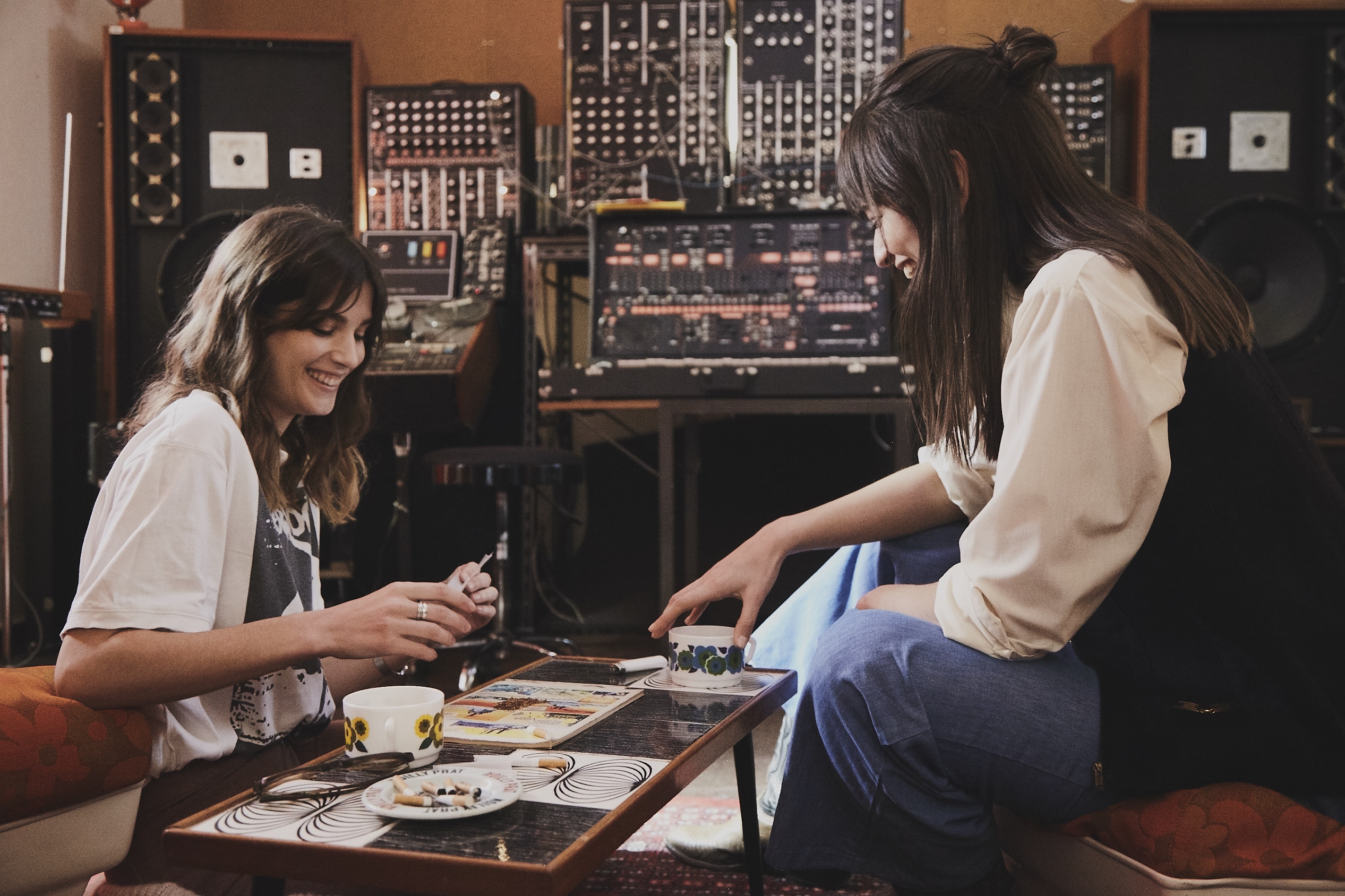
Marc, when you were starting out in music, how much of this male behaviour and misogyny did you notice around you?
Marc: When I started it was the mid-80s, it was maybe a bit better than the 70s, but not that much. I noticed that there was some space for girls to be singers or violinists, or cellists, but not the guitar player or synth player. I remember really few girls that were making their own music like that in a studio. It was really a man’s thing. It was interesting for me to discover all these artists after, like Suzanne Ciani and Laurie Spiegel. There were these deep roles, and it was difficult to go and struggle for a different role and for a girl to be a producer. Now, there are lots.
Read this next: Spotify playlist: 100 tracks that trace the history of women in electronic music
What do you notice as having changed for you as a woman in the music and film industry?
Alma: Well, a lot of things have changed, but I could really recognise some behaviour as well: mainly the fact that the men don't think that women can touch the machines. You're going on stage to do a soundcheck and the guys don’t even think that you can plug your mic in on-stage or things like that. It's still happening, unfortunately. I can't say that nothing has changed because it's not true, but I think that a lot of things could still be better.
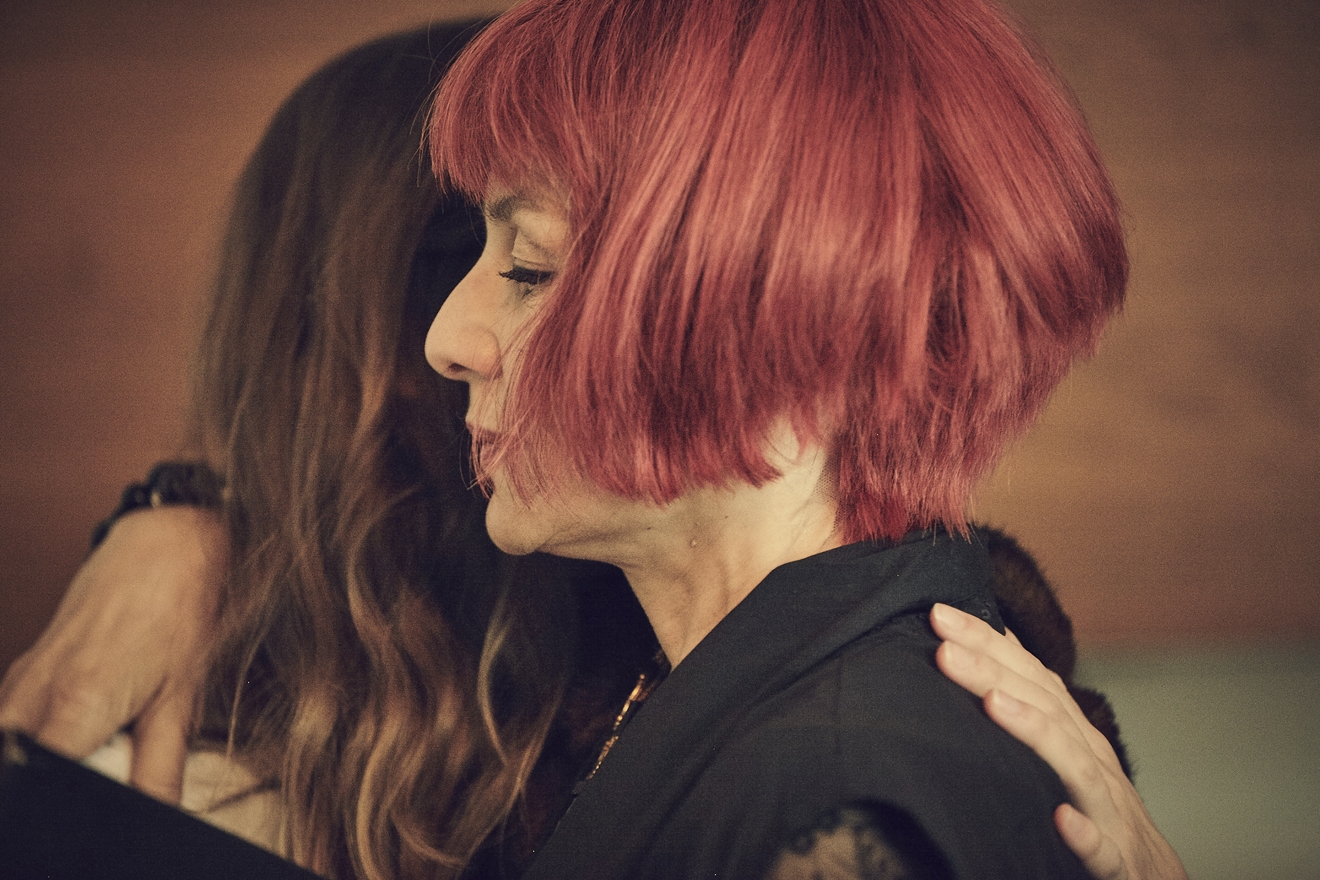
On that note, then why is it important to tell this story now in 2019?
Alma: I think the feminist movement that we are experiencing now, this new cycle of feminism, makes it important. But it's not just that, it's also the electronic music. Now it’s way easier for people to do music on their own with computers and everything. This period the film depicts was the first time that people were trying to do that, but it was very expensive and really hard to access. We can really connect the two things together. It also reminds us what electronic music is. It’s not just presets that you can find on Garage Band.
Marc: It’s exactly this. [The film] happens in the 70s but either way, it could have happened now. The sound she's doing is the same kind of sound we are listening to now. It’s really this idea that in the 70s, they had invented the sound of the future. It was a big revolution, and the sound of all music that is being recorded and produced now comes from this era, as well as from musique concrète in the 50s. That was what was happening in France, and that’s why the film takes place in Paris. It's a whole journey from the late 50s to now. Like Alma said, there were these first steps where people didn't have to hire a producer that cost money to make music in the studio. You didn't have to deal with all the musicians that are late. I experienced that, I was in a band. I know the nightmare. For the first time, you could do what you have in your head alone. That's cool. It was a revolution.
Read this next: 20 women who shaped the history of dance music
In terms of the inclusion on the soundtrack of songs from British groups like Throbbing Gristle and The Human League, what was the influence of British electronic music on you at the time?
Marc: It’s true that there was this movement in England in the early 80s: all these things like industrial music, and Sheffield being really a very important city. I chose The Human League especially because the story of The Human League is the story of the movie: they started with something very experimental, and then they had a huge hit with ‘Don’t You Want Me’ that we’re still listening to now.
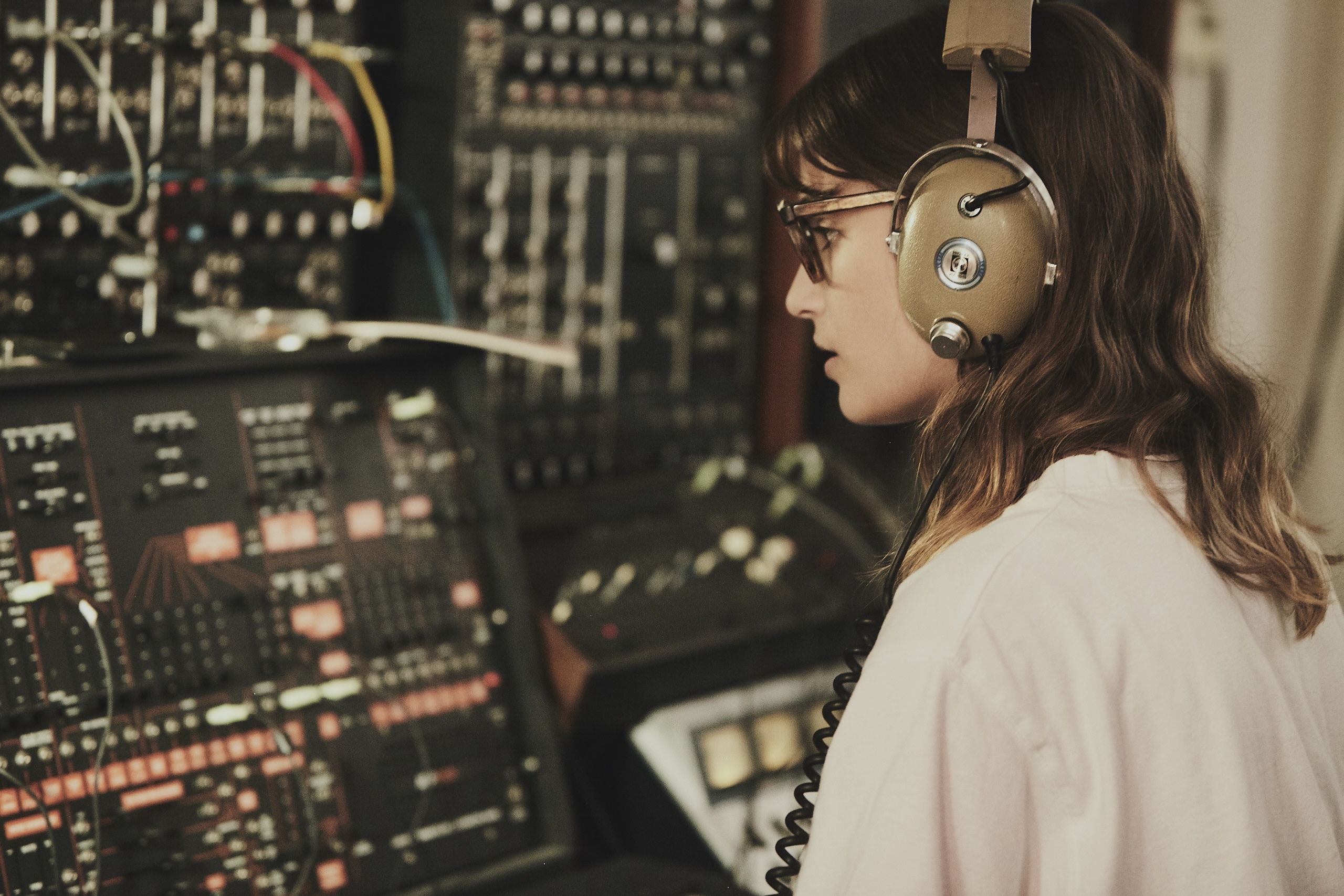
You said before that one of your favourite scenes to shoot was the writing scene with Clara. Why was that?
Alma: As I was saying earlier, it’s really about the female sisterhood that I had never experienced before that. After that, I shot two music videos that I directed, and I felt the same feeling of working with women and really seeing them in all of their talent and beauty. It's a feeling that I really loved, that was really soft and strong. And it really moved me.
There’s a shot at the end of Ana stood in front of a wall of analogue synths. What was it like to play around with that equipment?
Alma: It was really fun. It was really a playground. It's so big and so impressive, but at the same time, it's really intuitive. There is something almost sensual with the instruments and I could never have imagined it was like that before doing it, because you feel like it's something cold, electronic. I discovered that the sound is actually really loud and round and warm. It was really nice to learn how these things work.
What drew you to playing Ana?
Alma: The fact that we can really picture all of the phases that the artist can go through in just one day is something that I could really connect to – the fact that you are driven to play something and it’s like, nothing can stop me and I'm so strong and I'm going to do it. Then someone says something that is not what you expected and all of a sudden, you're so sensitive and you just want to cry and stay in your room, do nothing and be depressed. I really connected to this kind of feeling and I think it was really accurate, these ups and downs and these moments of joy when you feel like you really found something and you're ready to give it to the world
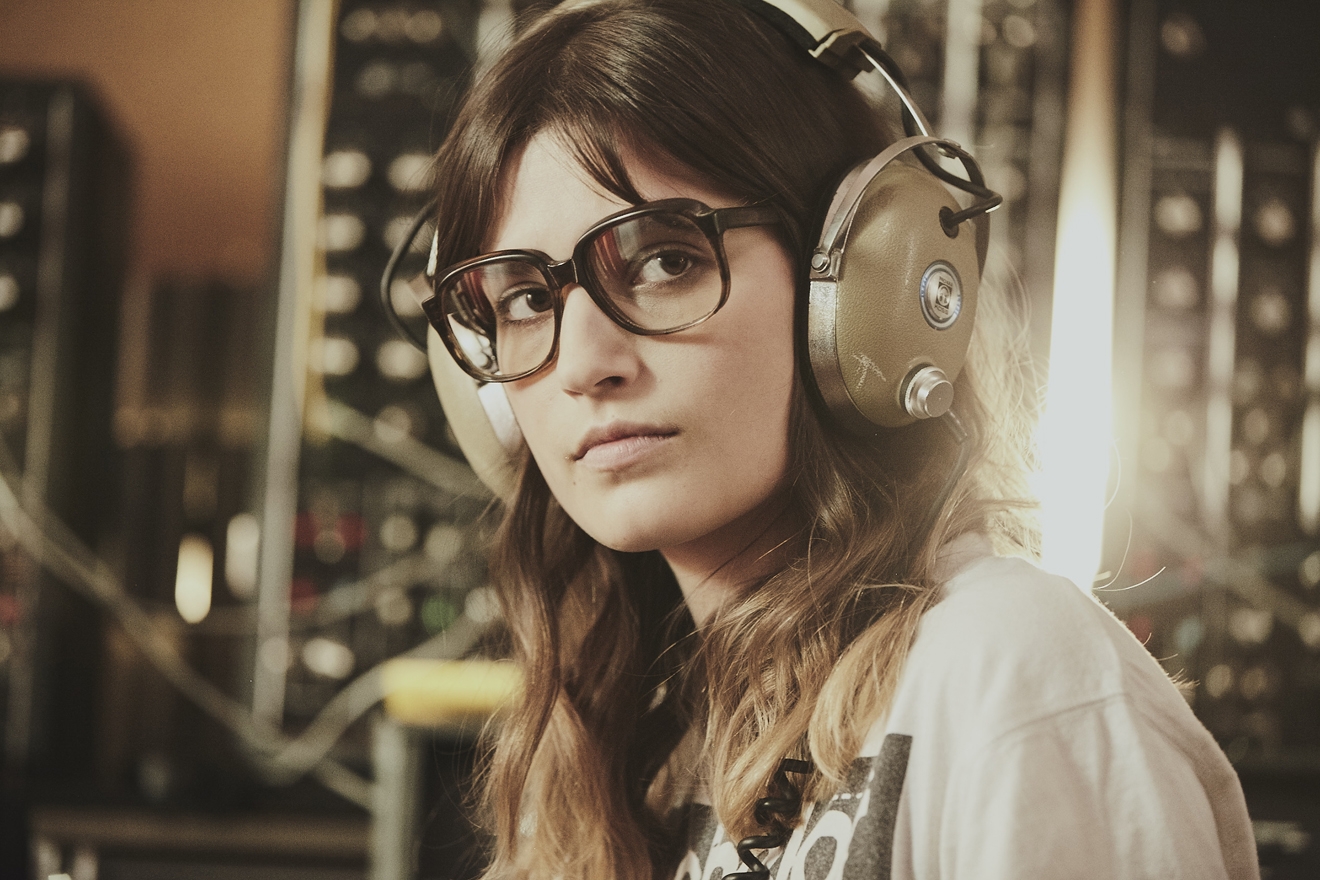
How can we continue to encourage women to get into electronic music if it is this place that's historically not very welcoming for them?
Marc: I just read this amazing autobiography of Viv Albertine, the guitarist of The Slits. Her struggle to be a guitar player in a band was so hard. I think it's quite the same [for electronic music]. When you are teaching music, show to women, to girls, that they can do it, that it's not only for men.
What are both of your reactions, the recent closing of clubs like Concrete and Dehors Brut in Paris?
Marc: I think it’s really a problem. In France, or in Paris, there’s more and more restrictions and a lot of places have closed.
Alma: Nightlife is not at its best. There is a lack of underground places. Or maybe I don’t know about them.
Marc: Maybe in ten years, we’ll say: my god, there were all these underground clubs that were amazing! I don’t know, I hope not. If you really want to do something for people, for music, it's so difficult. I think a lot of battles have been won in the 90s with all the rave parties, and now it’s a bit like a reverse thing. It’s sad.
Read this next: Parisian collectives are building an underground scene outside of the clubs and city
Jemima Skala is a freelance journalist, follow her on Twitter
The Shock of the Future is out now



